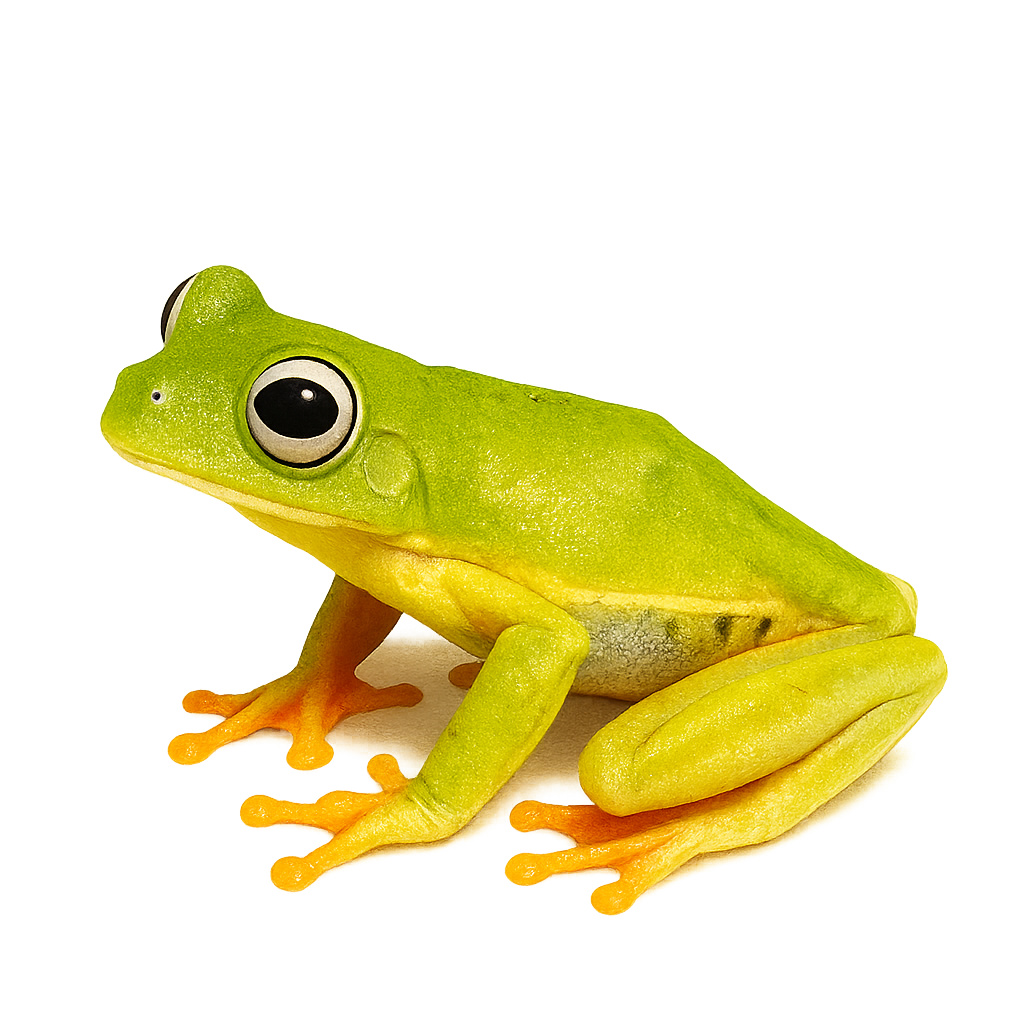Your wildlife photography guide.
Explore the white-edged tree frog in detail, study its behavior, prepare your shots.
Where to observe and photograph the white-edged tree frog in the wild
Learn where and when to spot the white-edged tree frog in the wild, how to identify the species based on distinctive features, and what natural environments it inhabits. The WildlifePhotographer app offers tailored photography tips that reflect the white-edged tree frog’s behavior, helping you capture better wildlife images. Explore the full species profile for key information including description, habitat, active periods, and approach techniques.
White-edged Tree Frog
Scientific name: Boana albomarginata

IUCN Status: Least Concern
Family: HYLIDAE
Group: Amphibians
Sensitivity to human approach: Suspicious
Minimum approach distance: 3 m
Reproduction period: October to March
Incubation: 8–12 jours
Births: November to April
Habitat:
humid tropical forests, riparian zones, swamps
Activity period :
Mainly active at night, generally discreet during the day.
Identification and description:
The White-edged Tree Frog, Boana albomarginata, is a species of tree frog found mainly in the humid tropical forests of South America. It is recognizable by its bright green coloration and distinctive white edges along its limbs and body. This species is generally active at night, feeding on insects and other small invertebrates. It prefers habitats near water bodies, where it can easily reproduce. Males call to attract females during the rainy season. Although this species is not currently threatened, deforestation and habitat loss pose potential risks to its population.
Recommended lens:
Macro – adjust based on distance, desired framing (portrait or habitat), and approach conditions.
Photography tips:
To photograph the White-edged tree frog, it is advisable to use a macro lens to capture the details of its skin and distinctive white edges. Approach slowly to avoid startling it, as it is suspicious. Focus on nighttime hours, as it is more active at night. Use a soft flash to avoid disturbing its natural environment. A tripod can be helpful to stabilize your camera in the low-light conditions of the rainforest.
The WildlifePhotographer App is coming soon!
Be the first to explore the best nature spots, track rutting seasons, log your observations, and observe more wildlife.
Already 1 432 wildlife lovers subscribed worldwide

